Best Places to Go for Birthday

What I love most is planning a birthday trip that feels like it was designed just for me (or the person whose birthday we are celebrating). I lean toward destinations that balance fun and relaxation, and once there, I love finding new underrated things to do.
So, where should you celebrate? To answer that, think about what feels the most unique and exciting for you, whether that's fun on the beach with friends, going somewhere cool to eat, an active weekend with family, or a solo trip you deserve. These below have been unforgettable birthday trips for me personally and I hope you will enjoy yourself there too.
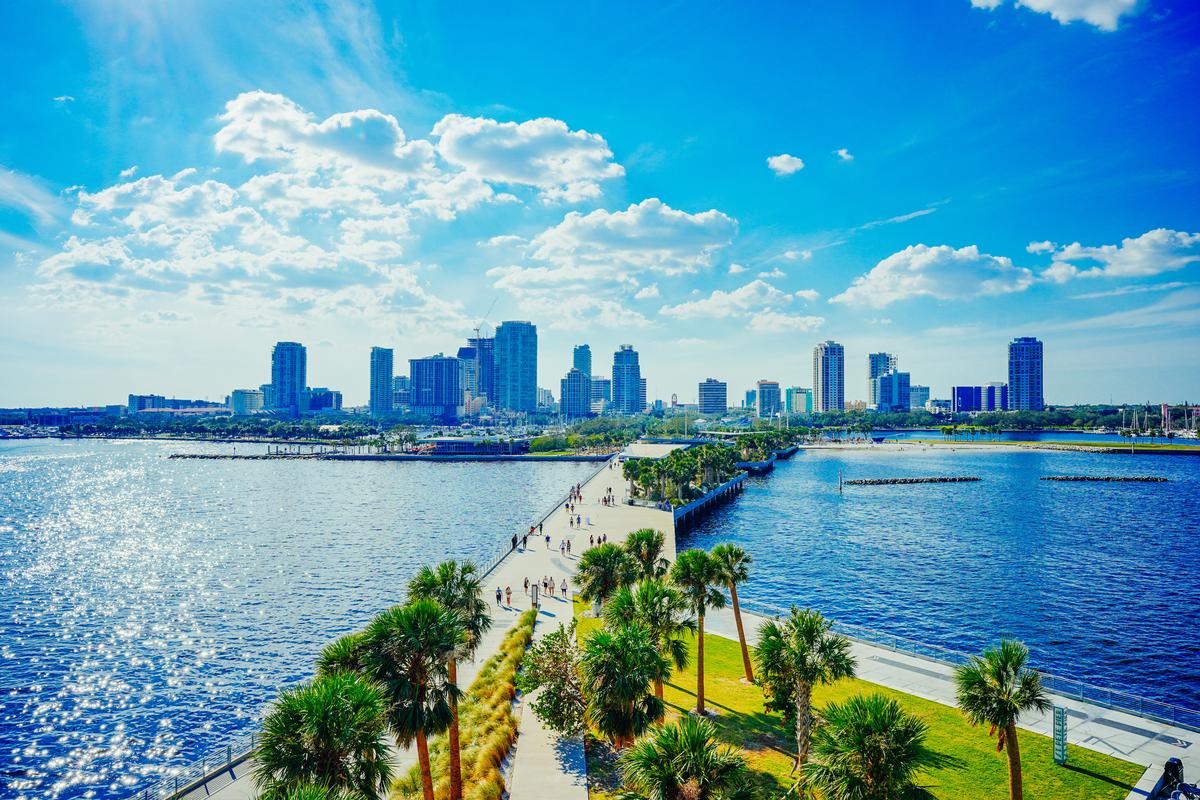
1. St. Petersburg, Florida
We absolutely love St. Petersburg, and have been many times. I felt that instant connection with this sun-drenched Florida Gulf Coast city as soon as I caught a glimpse of palm-lined streets and bay views. I think it's one of the best places to go if you crave ocean breezes along with a diverse choice of things to do.
Coming in from Tampa over the Gandy Bridge, it was a smooth 25-minute drive before we settled in for a sunny four day stay in a Premium Bay View Room with a King Bed at the 4-star Vinoy Renaissance St. Petersburg Resort & Golf Club (around $359/night), a AAA Four Diamond award winner to you can trust that you will receive quality service.
Once there, we spent a gorgeous morning exploring the Dalí Museum, admired glass masterpieces at the Chihuly Collection, strolled along the waterfront parks, browsed the indie shops of the EDGE District, and watched a sunset at St. Pete Pier.
I loved that "The Sunshine City" was such a cool culinary destination where we bought great sandwiches at Mazzaro's Italian Market, amazing sweet potato fries at Birchwood Canopy, Spanish tapas at Ceviche Tapas Bar, and delicious wood-fired pizza at Bavaro's Pizza Napoletana & Pastaria.
- Location: On the west coast of Florida, along Tampa Bay
- Elevation: Approximately 44 feet (13 meters) above sea level
- Location Map
What I loved best:
Lunch at Teak right on the water celebrating my birthday with my husband and my son was my personal highlight, where I had Parmesan Herb Crusted Rack of Lamb ($39).
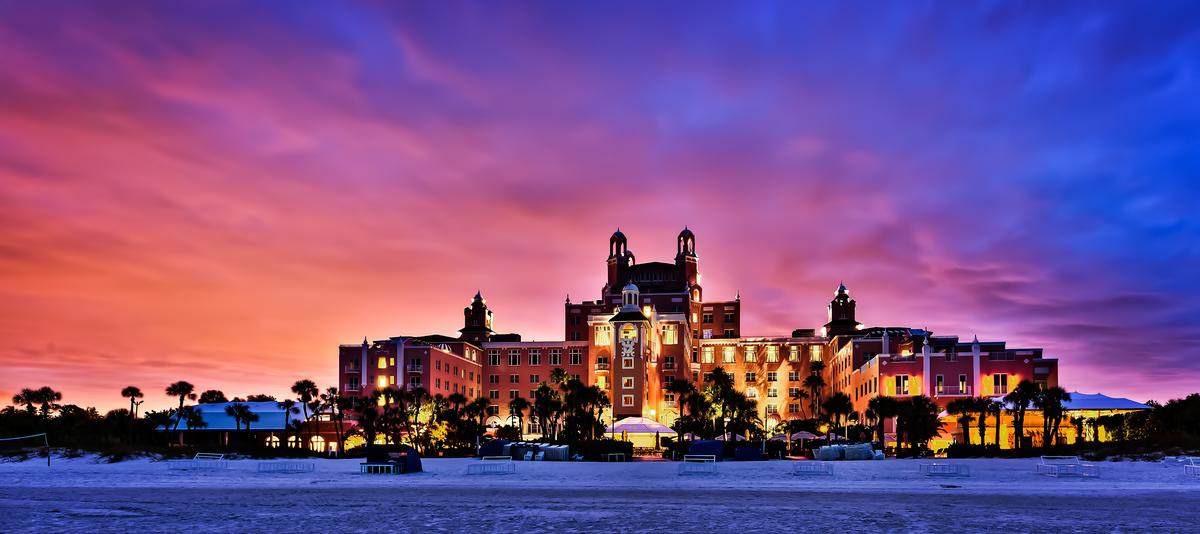
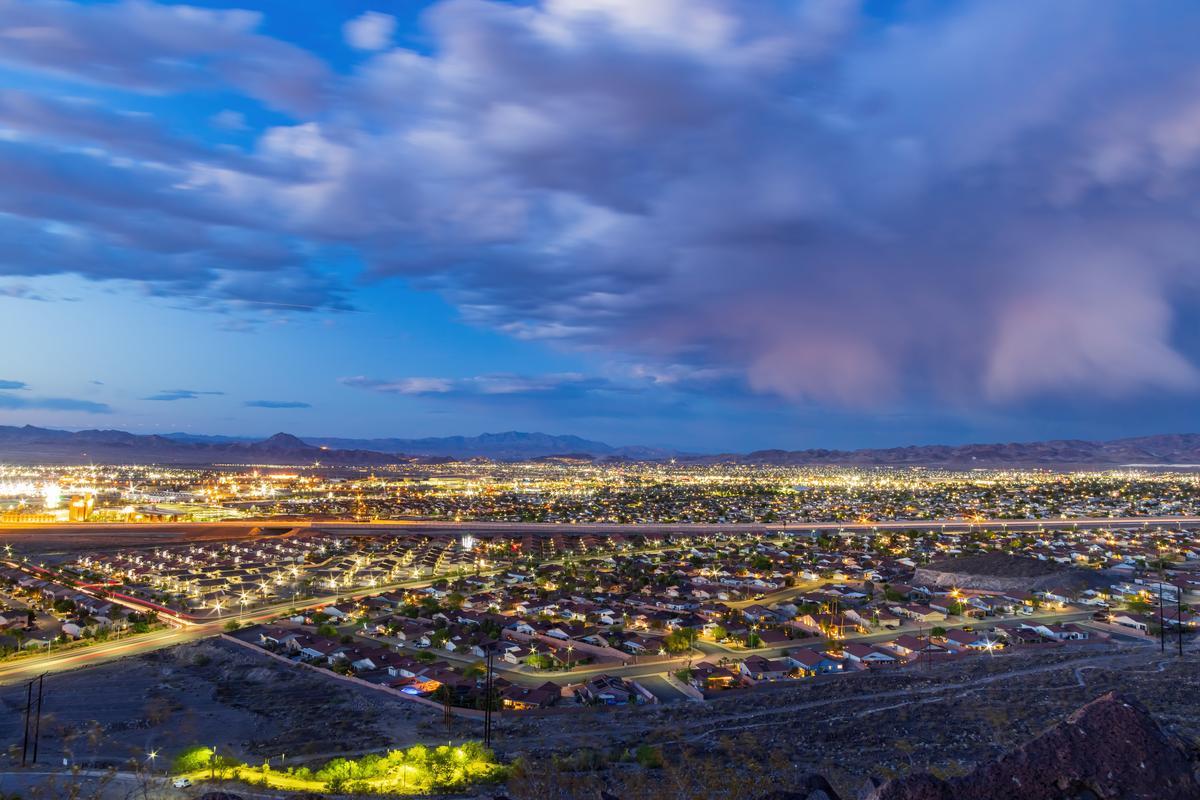
2. Henderson, Nevada
This is one of my favorite underrated gems for a birthday vacation, and I always think it’s one of the coolest places to explore just outside of Las Vegas. Only about 20 minutes from the Strip, Henderson offers a more relaxed vibe while still giving me access to amazing food, outdoor adventures, and unique local culture.
Instead of driving, we caught a regional RTC bus from Las Vegas to Henderson ($2 each way, about 40 minutes) which was super convenient! We checked into 4-star Green Valley Ranch Resort Spa (from $215/night) for two days.
After dropping bags we walked around The District at Green Valley Ranch, which is vibrant, unique, and kind of hidden.
Lunch was our favorite part early on, an affordable spot with amazing tacos that felt joyful and exciting.
Later we drove to Lake Las Vegas nearby, and wow that place is spectacular and most people skip it.
We rented paddle boats which was a brilliant idea, such a fun birthday experience and very romantic too.
As sunset hit, the colors felt unreal, absolute best moment, almost magical and very calming.
That night we headed back toward Water Street in downtown Henderson, which is a cool and interesting area.
Stop for dinner at Borracha Mexican Cantina inside the resort for a Day-of-the-Dead inspired décor with skull motifs, hand-painted murals, a lively lounge vibe!
The next morning we did Sloan Canyon hike nearby, an underrated nature escape with ancient rock art.
It felt like a hidden gem experience, unusual and unique, not what people expect near Vegas.
After hiking we relaxed at the pool back at the hotel, which felt like a birthday getaway.
In the afternoon we drove toward Lake Mead close by, just soaking in views and desert vibes.
Everything felt balanced, relaxing but still fun, which for me is the best kind of birthday.
Before leaving we grabbed coffee in Henderson, small shop, friendly people, very authentic.
What I loved best:
I loved returning to our comfortable Deluxe Room at Green Valley Ranch Resort after a relaxing 60-minute reflexology treatment at the spa!
I also enjoyed exploring the Henderson Bird Viewing Preserve (see the photo below), which was an unusual but amazing experience. It recently won the title of "Best Place to Birdwatch" in KNPR's Best of the City 2024 awards and I completely agree! Watching colorful birds in a peaceful desert setting was so different from the usual Nevada vibe...it gave me a sense of calm that made the trip feel special. For families, it’s one of the absolute best activities.
If Green Valley Ranch is sold out when you go, check prices at M Resort Spa Casino, a second great option for an overnight stay.
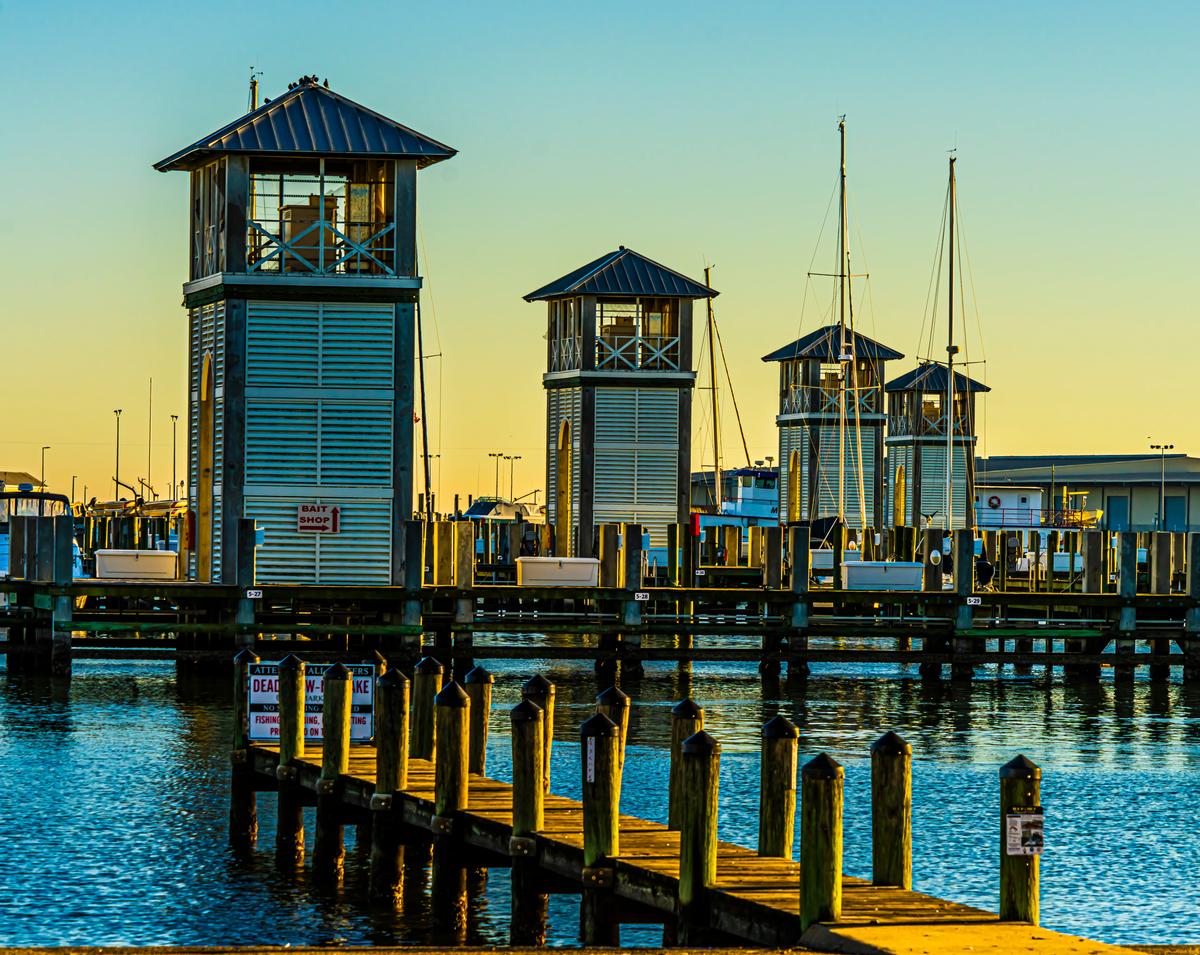
3. Things to Do in Biloxi, Mississippi
This is one of my favorite places to visit on vacation because it truly offers a bit of everything—beachfront views, great seafood, lively entertainment, and that classic Gulf Coast breeze.
When I moved to the South, my cousin decided on this beach destination for her 40th birthday and I thought it was a brilliant idea. We adored wide beaches, big skies, and that laid-back Mississippi Coast vibe, with shrimp boats in the harbor.
Coming in along Highway 90, we checked into the sleek 4-star Beau Rivage Resort (around $161 per night) for a four day weekend, where the floor-to-ceiling windows of my Deluxe King Room for framed the Gulf.
I was up early and I spent the mornings strolling down Biloxi Beach, toured the fascinating Maritime & Seafood Industry Museum ($10 Adult admission), visited the historic Biloxi Lighthouse ($5), and wandered through the grounds of Beauvoir, with its sweeping oak-shaded lawns.
What I loved best:
My cousin's birthday meal was at The Reef, a beachfront spot where I had the Gulf Shrimp Po’boy ($15) and my son loved their fried catfish basket ($12).
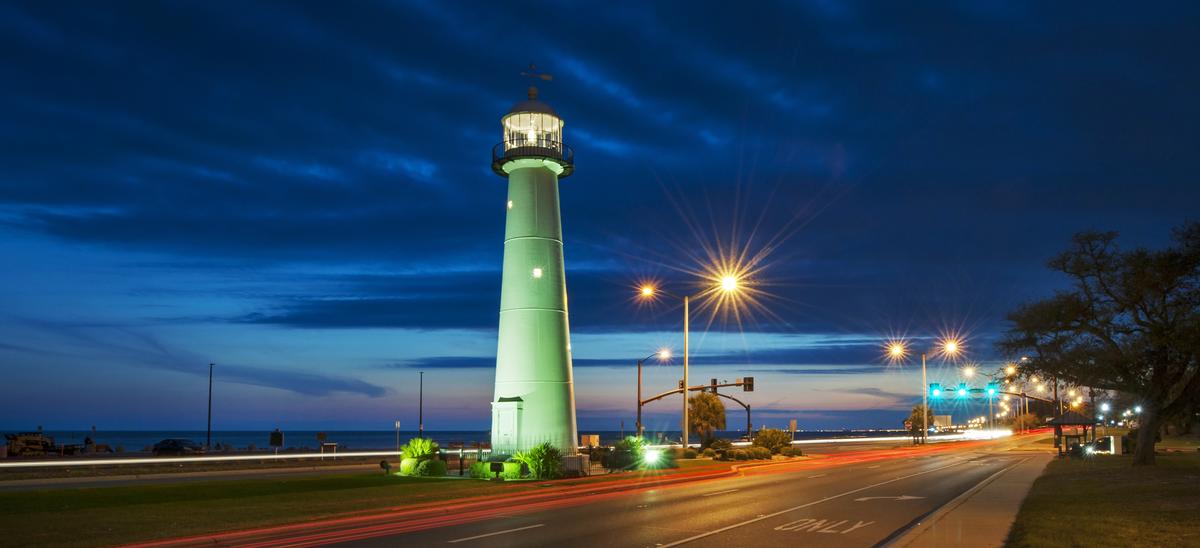
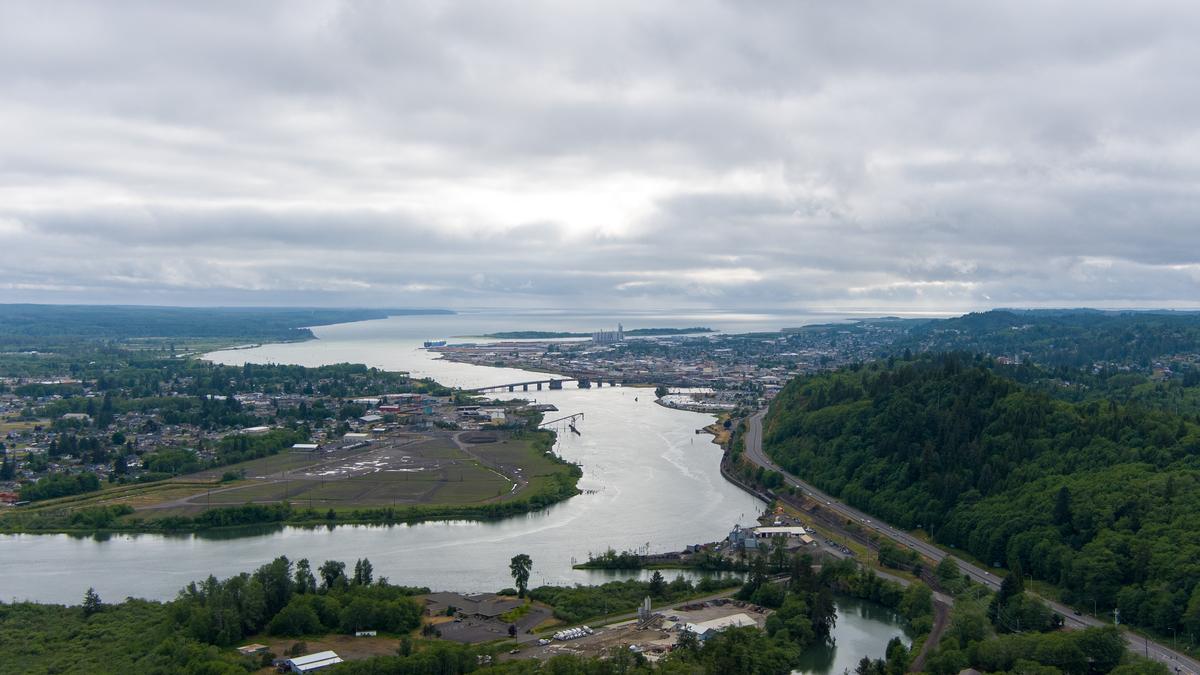
4. Aberdeen, Washington
Ahh Aberdeen, Washington — rain-soaked, and unapologetically authentic. Tucked along the banks of the Wishkah River near the Pacific Coast, Aberdeen isn’t flashy, but it has a raw personality that makes it memorable. Known best as the birthplace of Kurt Cobain, this small logging town carries a deep musical legacy, blue-collar history, and easy access to some of the wildest scenery in the Pacific Northwest.
Driving in from Olympia along Highway 101 for an hour, the scenery shifted from open fields to thick evergreens. It's my third best place for a birthday vacation because it was such a cool family time for me personally.
We stayed at the 2-star Best Western Plus Aberdeen (around $164/night) for an easy week, which had a good location to access downtown and the harbor.
If you’ve never been, Aberdeen feels like a place where nature and history collide. Once a booming timber town in the late 1800s, its past is still visible in the old brick buildings downtown and the working waterfront. Walking along the Wishkah River Walk gives you a real sense of the town’s industrial roots and everyday pace of life.
For music fans, Aberdeen is almost a pilgrimage site. Kurt Cobain Memorial Park sits quietly by the river, offering a reflective stop that feels far more genuine than touristy. Nearby murals and tributes throughout town subtly nod to Nirvana’s legacy without overwhelming the place.
One of Aberdeen’s biggest strengths is its location. It’s about 2.5 hours from Seattle by car and serves as a perfect gateway to the coast. Within an hour, you can reach Westport’s beaches and lighthouse, Ocean Shores, or even push north toward Olympic National Park. If you love stormy coastlines, driftwood-covered beaches, and moody Pacific Northwest vibes, Aberdeen puts you right in the middle of it all.
Food-wise, this isn’t a fine-dining destination — and that’s part of the charm. Expect classic diners, local taverns, and hearty comfort food that fits the town’s no-frills personality. What I love most about Aberdeen is that it feels real. It’s not polished, it’s not curated for tourists, and it doesn’t try to be anything it’s not. If you’re drawn to music history, working-class towns, and dramatic coastal scenery, Aberdeen makes for a surprisingly rewarding stop — especially as part of a broader Washington coast road trip.
What I loved best:
Our best meal was at Breakwater Seafood, where we celebrated my husband's birthday and I had the Dungeness Crab Sandwich ($19) (my son loved the more simple but equally satisfying fish and chips for $14). Sitting by the windows with a view of the river made this birthday celebration feel coastal and comfortable.
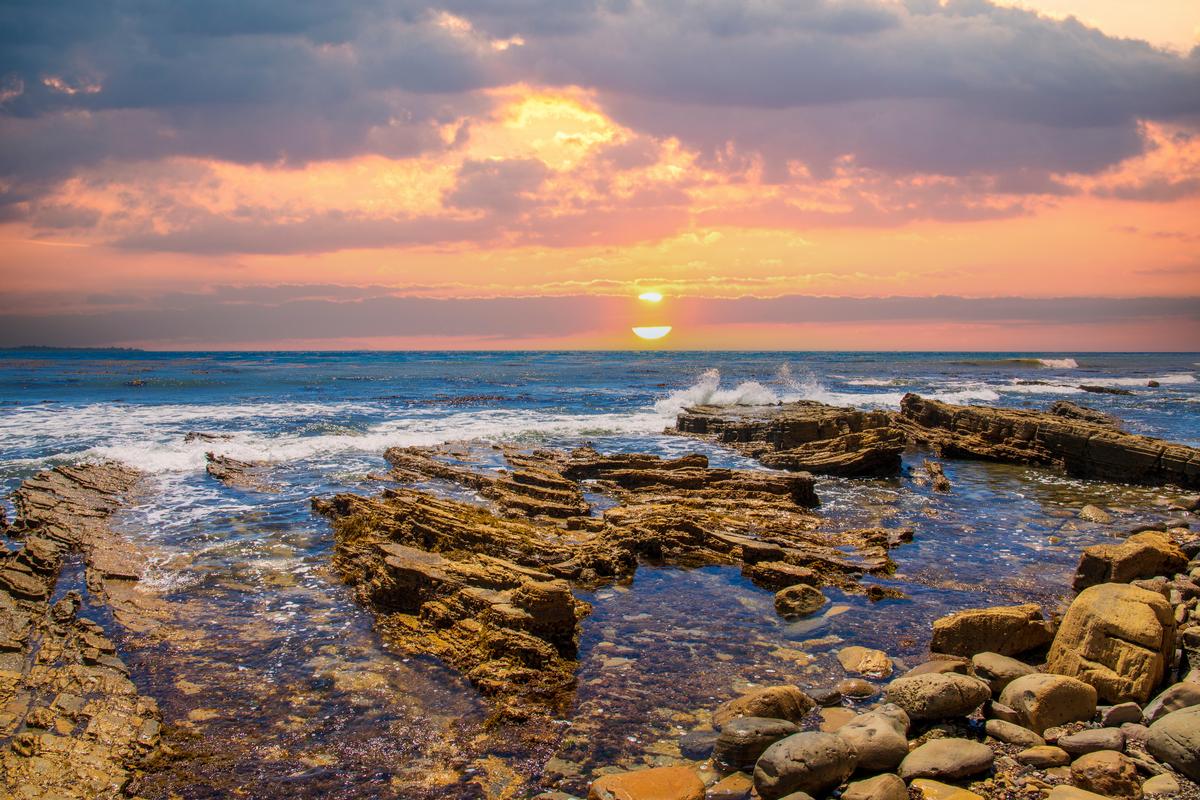
5. San Pedro, California
Ahh San Pedro, California — a laid-back harbor town with ocean views, massive ships, and plenty of cool surprises. Tucked away at the southern edge of Los Angeles, San Pedro might fly under the radar, but for a birthday filled with ships, sea life, and coastal adventure, it’s a place that delivers big memories without the stress.
We stayed in a Standard room with a King bed at the Crowne Plaza Los Angeles Harbor Hotel for two nights (around $223/night) where I loved the amazing views of the ocean below.
What I love about San Pedro is that it has living history you can actually touch and explore. This has been a working port for over a century, and the city still feels connected to the sea. Walking along the waterfront, watching cargo ships glide by, and standing next to historic landmarks makes the whole place feel like an adventure.
Another great stop is Cabrillo Marine Aquarium (FREE to visit year-round), which is perfect for hands-on fun. The touch tanks are always a hit, and the exhibits are short and engaging, making it easy to enjoy without getting bored. Plus, free entry makes it an easy win for a birthday outing.
For some fresh air, Point Fermin Park is ideal. The cliffside views, open grass, and ocean breeze give everyone space to relax, run around, and snack before the next stop. Nearby, the Korean Bell of Friendship adds a calm but impressive moment with sweeping views that make great birthday photos.
San Pedro is about 30 miles south of downtown Los Angeles, and while public transit is possible, driving makes the day much easier — especially when hopping between the waterfront, parks, and attractions. Parking is generally manageable compared to other LA beach areas.
To finish the day, San Pedro has plenty of casual food options near the harbor — perfect for a birthday meal. Whether it’s pizza, burgers, or a relaxed waterfront dinner, it’s easy to end the celebration with good food and ocean views.
Our best meal was at San Pedro Fish Market, where I had the shrimp tray ($24) piled high with garlic and peppers and eating outdoors, surrounded by the buzz of the harbor, made it feel like pure San Pedro.
What I loved best:
One of the highlights — especially for kids — is the USS Iowa Battleship. Stepping onto this enormous ship instantly feels exciting. You can walk the decks, explore interior rooms, and imagine what life was like onboard. It’s the kind of place that naturally turns into a birthday highlight without needing anything extra.
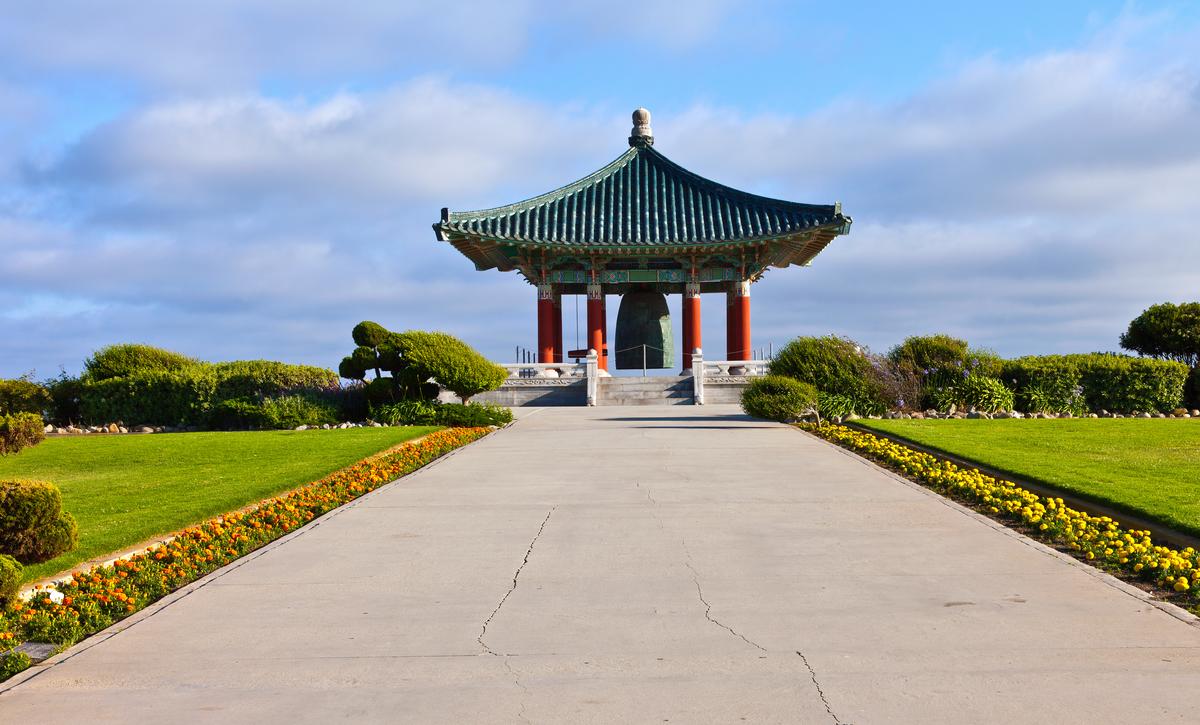
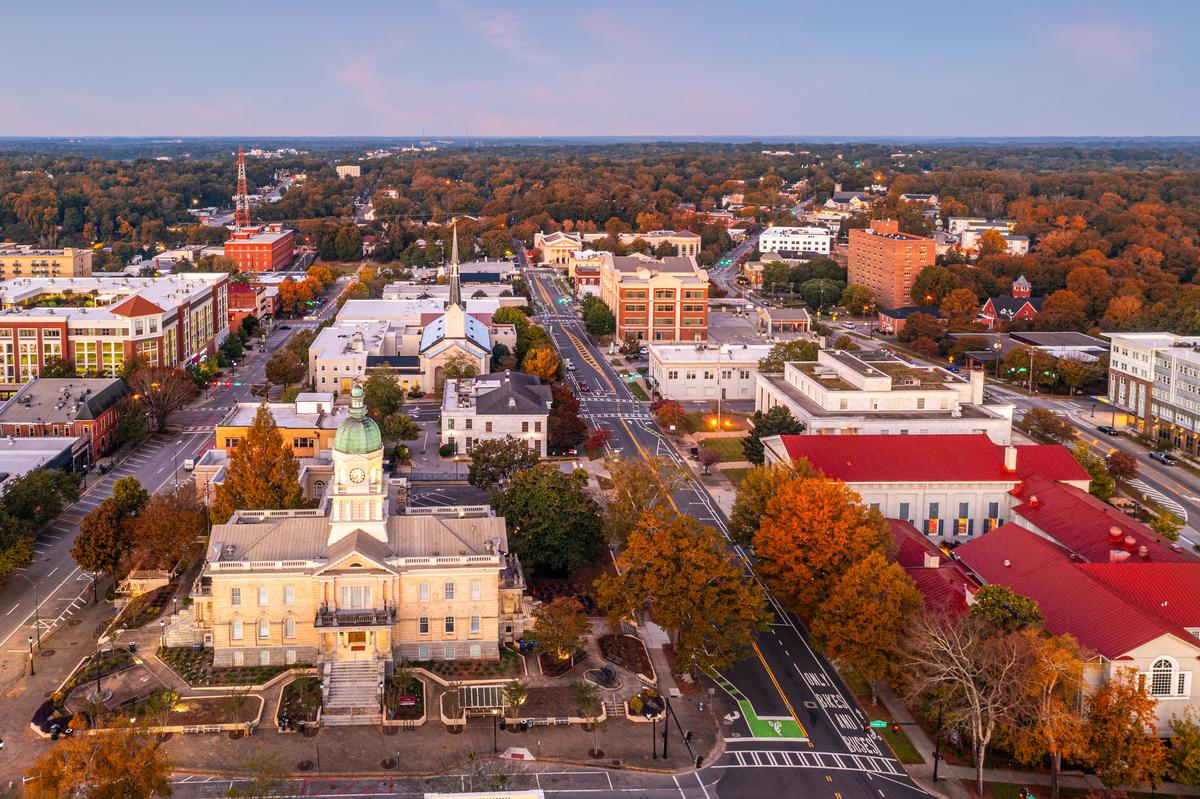
6. Athens, Georgia
I keep returning to this awesome college town (home to the University of Georgia) so it's no surprise that one of those trips fell on my birthday. I'm a history buff so I went for Civil War-era landmarks, but you ca also catch g a show at a legendary music venue, or just linger over coffee in a sunlit café.
After a one hour and 30 minute drive from Atlanta, we were based at the 3-star Hotel Indigo Athens Downtown for two festive days, followed by a week in an affordable vacation rental.
- Location: In northeastern Georgia, in Clarke County
- Location Map
What I loved best:
My birthday meal was at The Last Resort Grill, where I had the pecan-crusted trout ($22) and my son and husband both loved their pimento cheeseburgers ($15 for one).
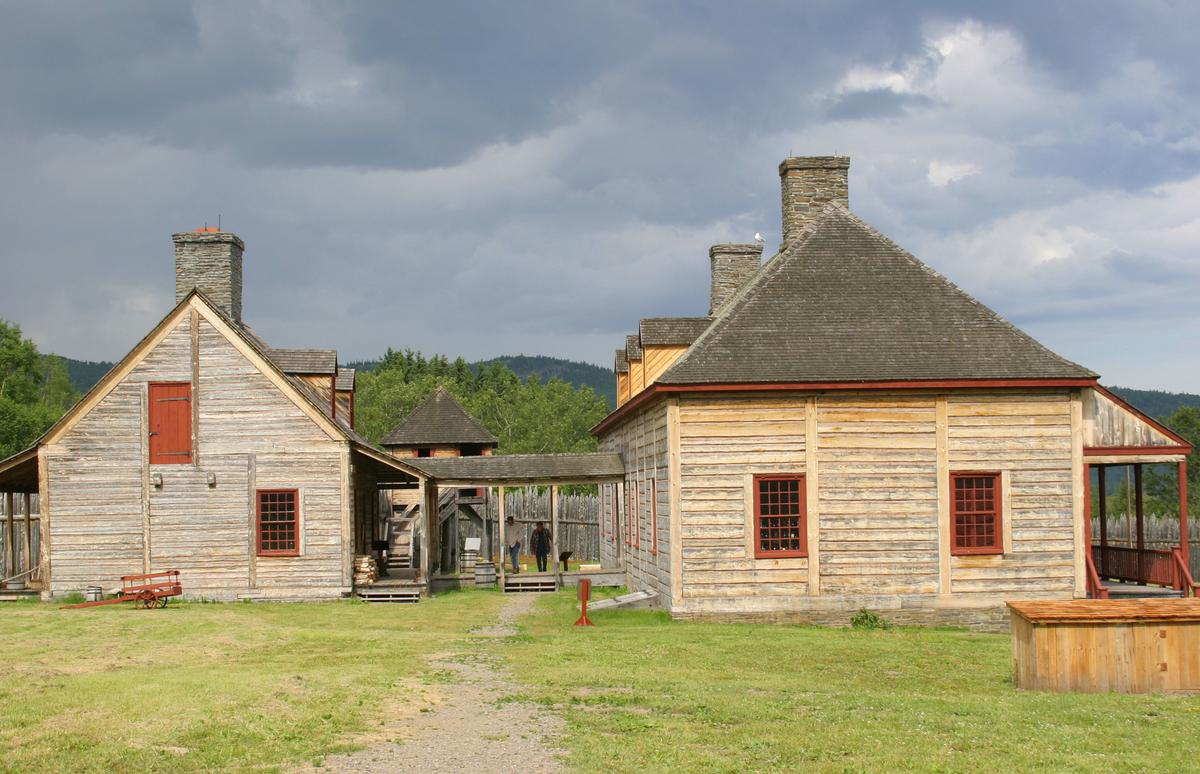
7. Grand Portage - 2 hours 40 minutes from Duluth
This is one of the best places to go for a summer birthday celebration, a place where history and wilderness meet on the edge of Lake Superior. What do I mean? Tucked against the Canadian border, this small community carries deep Ojibwe heritage. You will be surrounded by a stunning landscape of forests, waterfalls, and wide-open lake views from the North Shore.
- Location: In far northeastern Minnesota, near Lake Superior, in Cook County close to the Canadian border
- Elevation: Approximately 650 feet (198 meters) above sea level
- Location Map
What I loved best:
Staying at the 2-star Grand Portage Lodge & Casino (around $129 /night) for five relaxing days. The hotel sits right on Lake Superior and our room with two Queen beds had scenic water views. My best meal was at the on-site restaurant, where I had fresh walleye with wild rice ($22). My son loved the burger and fries ($12), his go-to meal. Eating while looking out over the lake made this birthday meal feel unforgettable.
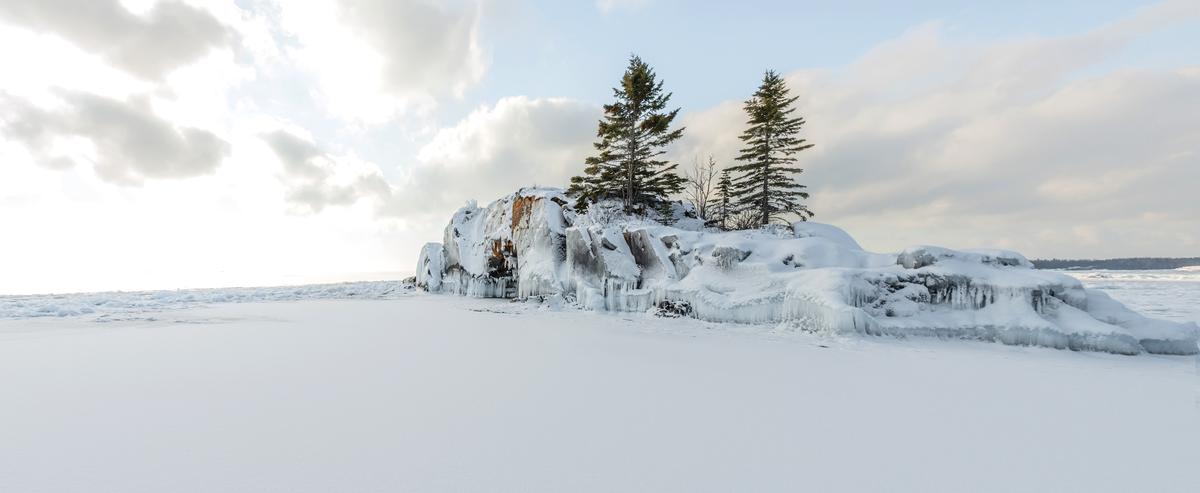
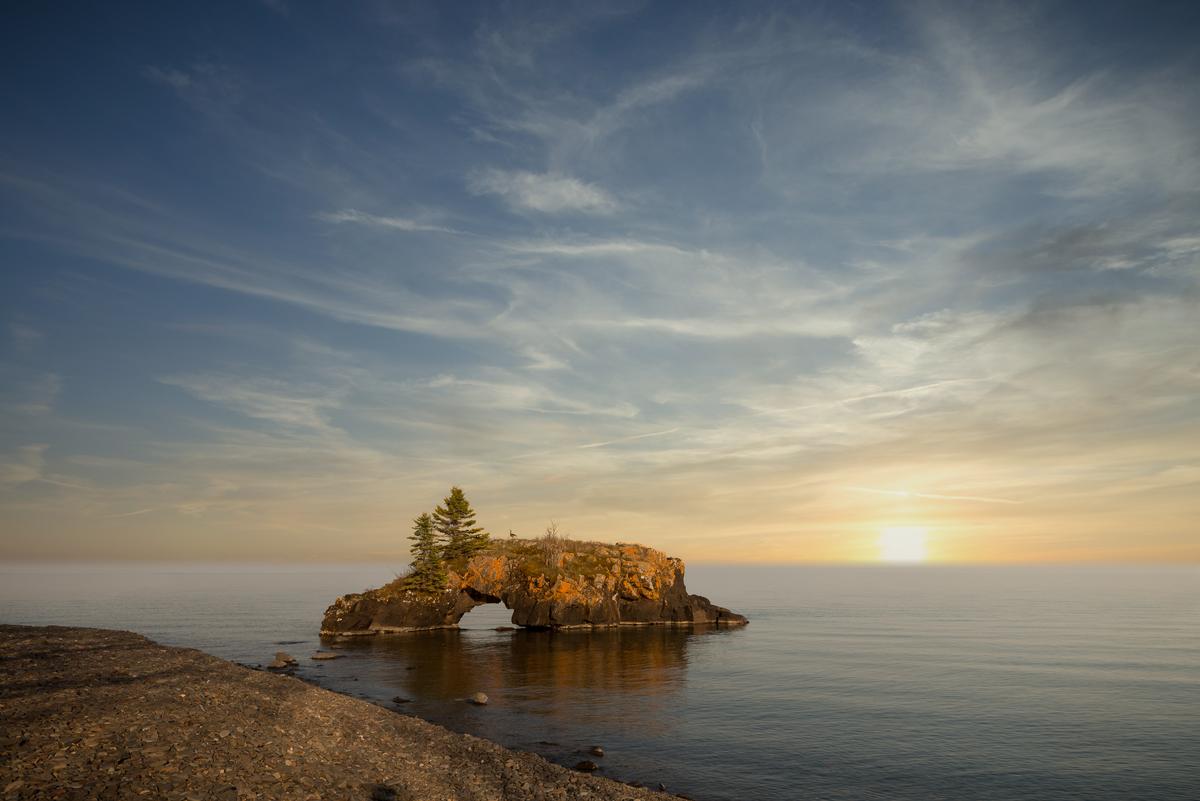
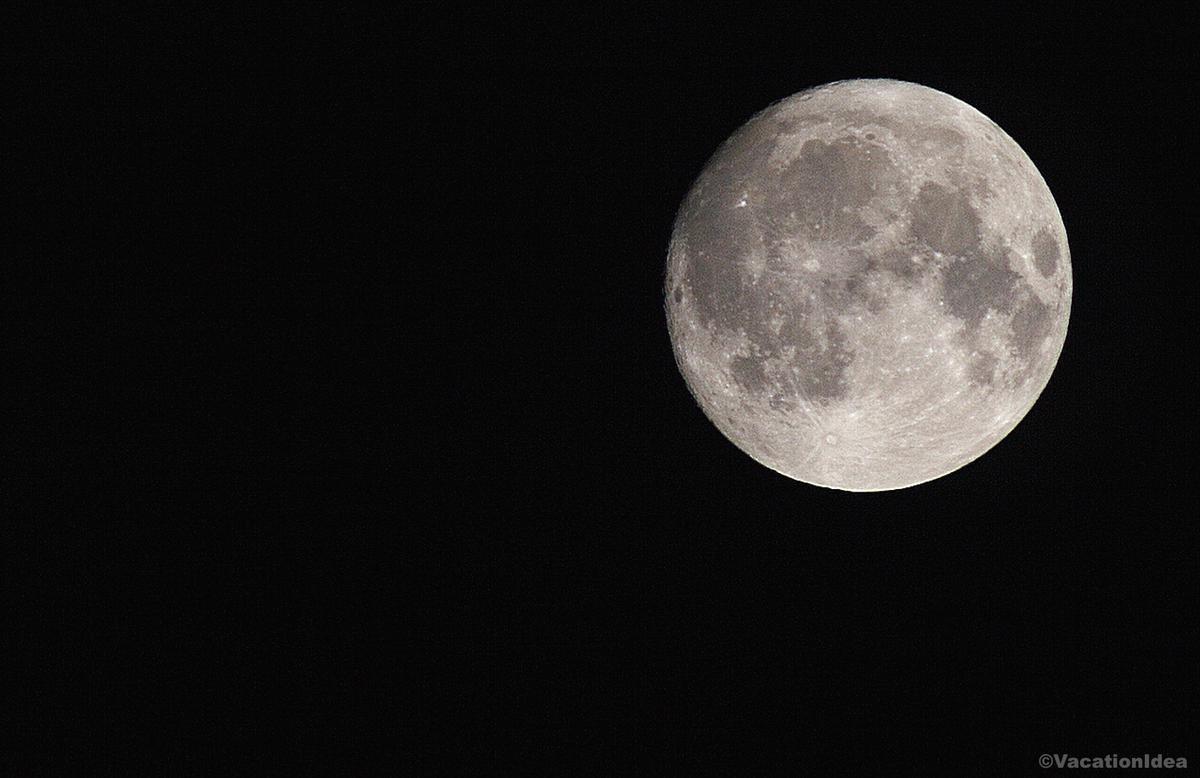
8. Birthday in Alaska
If your birthday happens to be in July or August like my husband's, you couldn't wish for a better birthday adventure than Alaska! One of my favorite destinations was Hoonah where we spent five relaxing days in a vacation rental. One of our favorite moments in Hoonah was visiting Icy Strait Point, and afterwards just strolling around the small harbor and enjoying fresh, affordable seafood straight from local waters. Nonstop Hoonah flights from and to Juneau take approximately 20 minutes.
When our flight from Austin landed, I immediately thought that Juneau was a great place to visit on my husband's birthday (and a great base for nearby exploring). We celebrated at The Hangar On The Wharf, a converted airplane hangar (with large windows) on a wooden pier, a super cool experience! We stayed in a local rental for a week and visited Sealaska Heritage Institute where learning about Tlingit, Haida and Tsimshian cultures was my personal highlight.
- Alaska Time Zome: AKST — Alaska Standard Time, UTC-9 (Summer AKDT — Alaska Daylight Time, UTC-8)
- Location Map
Another place we adored was Haines (35-minute nonstop flight from Juneau) which felt like one of the most spectacular and underrated towns I’ve ever discovered in Alaska. One of my favorite experiences in Haines was visiting the Chilkat Bald Eagle Preserve where seeing hundreds of eagles soaring over the river during salmon season was pure magic. If you like beer, don't miss visiting Haines Brewing Company, offering hand-crafted brews and snacks. We stayed in 2-star Captain's Choice Motel (around $224/night) for a week of summer exploring.
In addition, a great way to see a lot in a short time in Alaska is one of Gondwana Ecotours, a carbon-neutral tour operator, that takes you to Denali, to see Northern Lights, glaciers, whales and even Alaskan waterfalls!
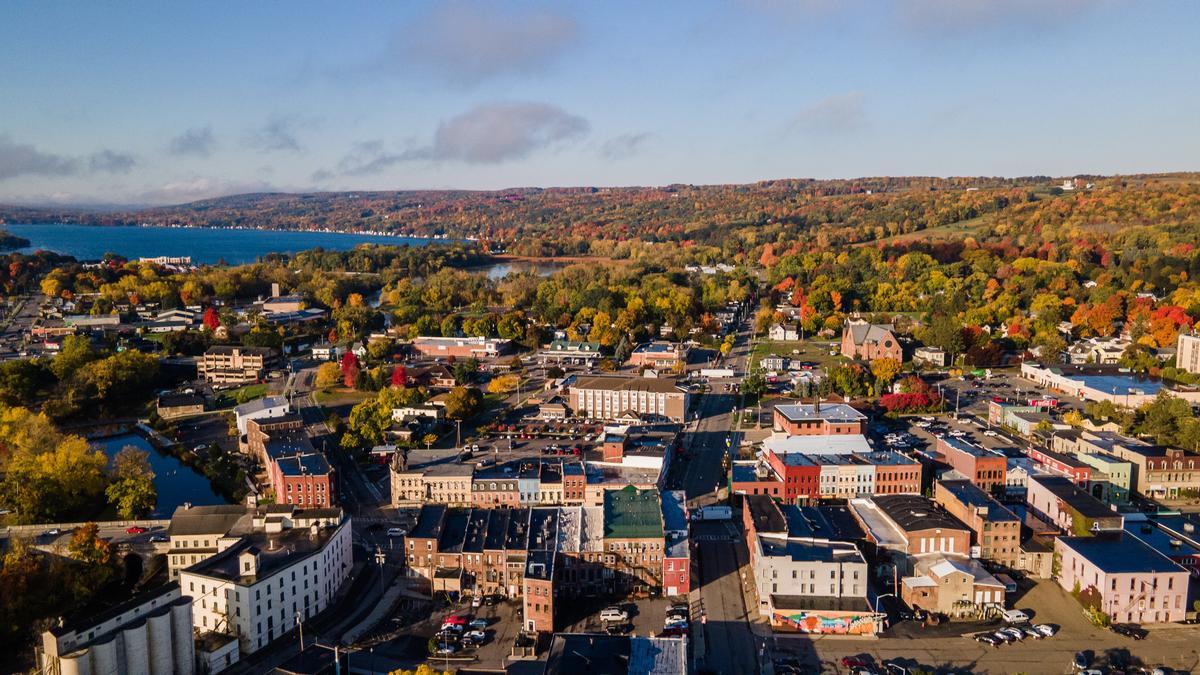
9. Penn Yan, New York
This town sits quietly on the northern tip of Keuka Lake (one of New York's Finger Lakes) and makes for one of the best relaxing birthday vacation destinations!
I thought that Downtown was enchanting with brick storefronts, cafés, and murals. Just outside of the "Buckwheat Capital of America," we saw rolling vineyards, winding country roads, and the serene blue waters of the lake.
We drove down from Rochester and stayed at the Hampton Inn by Hilton Penn Yan, right on the lakefront ($135) for five wonderful days.
- Location: In the Finger Lakes region of upstate New York, at the north end of Keuka Lake, in Yates County
- Elevation: Approximately 883 feet (269 meters) above sea level
- Location Map
What I loved best:
My favorite meal was at The Union Block Italian Bistro, a tucked-away spot on Main Street. The wood-fired pizza which was shared ($17) was incredible, and on top of that my son devoured a bowl of house-made pasta ($14). It was the kind of cozy, laughter-filled meal that made us feel like we were celebrating a birthday at home.
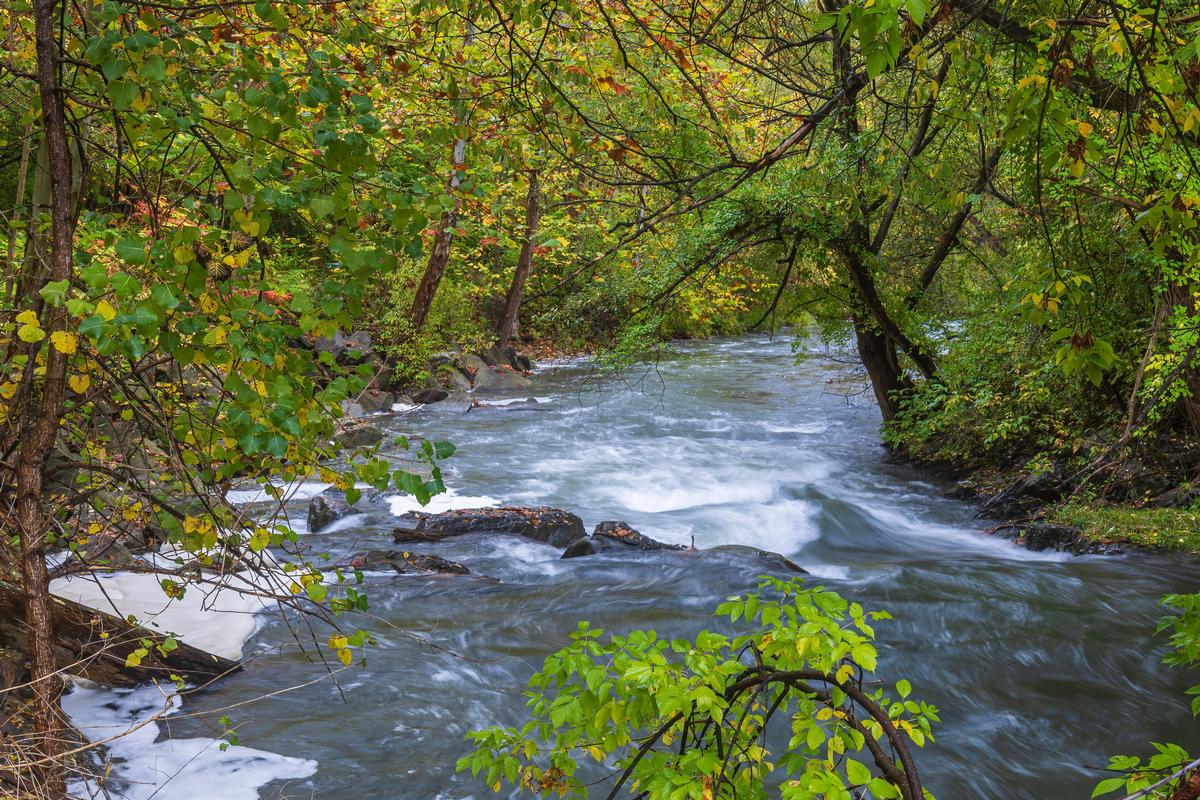
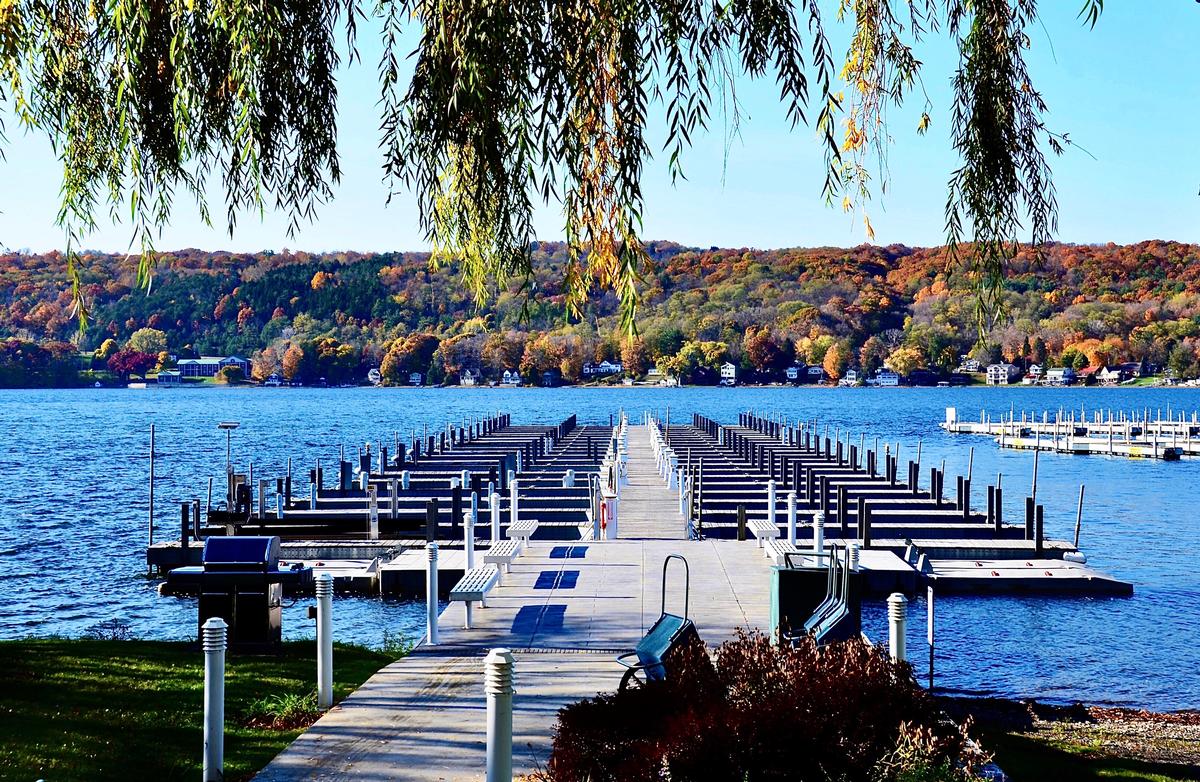
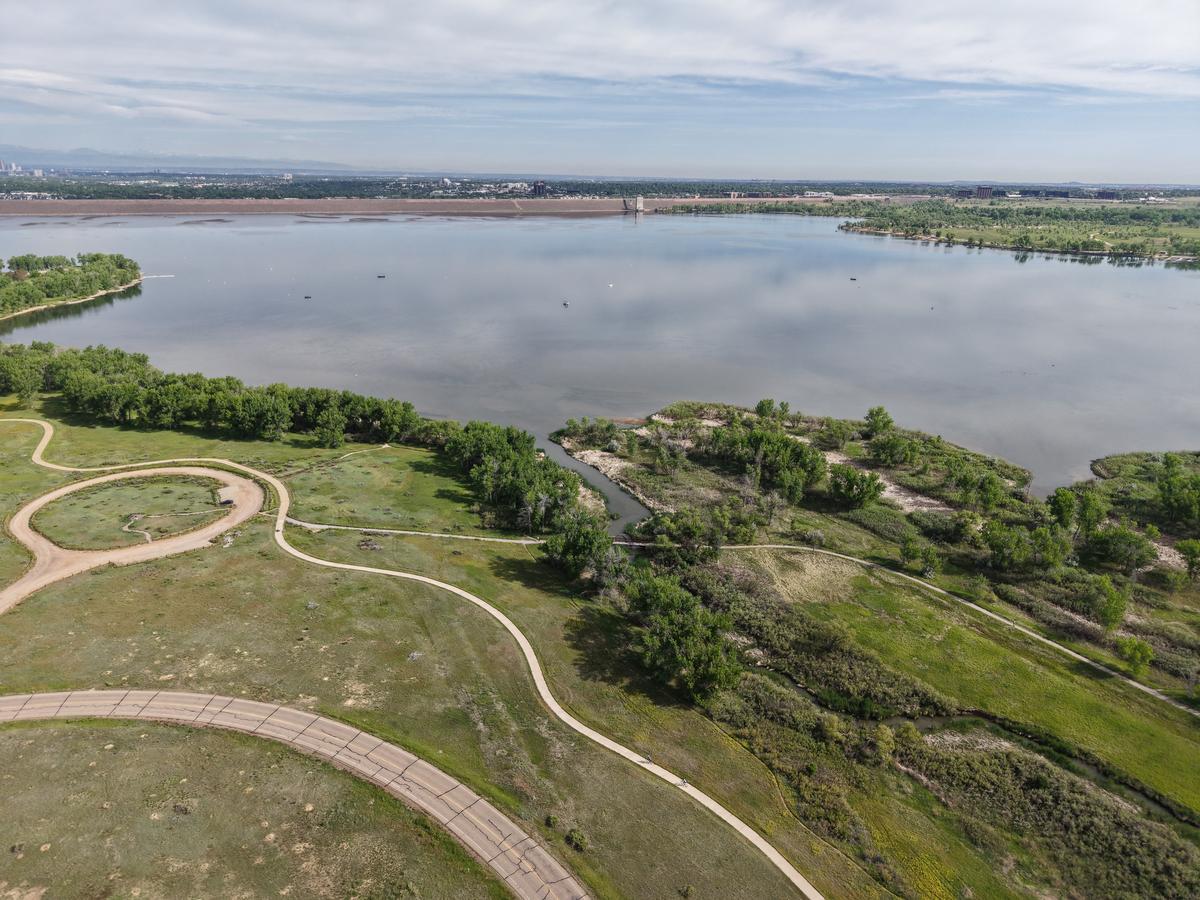
10. Centennial, Colorado
Ready for a birthday trip with mountain views and easygoing charm? Check out Centennial, a real standout! This town was close enough to Denver for a birthday day trip when I moved there, yet tucked into parks and open spaces that slow life down.
You’ll find bustling shopping districts here, a selection of cool family-friendly restaurants for your birthday, and a surprising number of cultural spots, all surrounded with greenbelts and bike paths.
- Location: In central Colorado, south of Denver, in Arapahoe County
- Elevation: Approximately 5,830 feet (1,777 meters) above sea level
- Location Map
What I loved best:
My birthday meal was at I.C. Brewhouse, where I had their Colorado Bison Burger ($16) paired with a local craft beer. My son loved the mac & cheese bowl ($9).
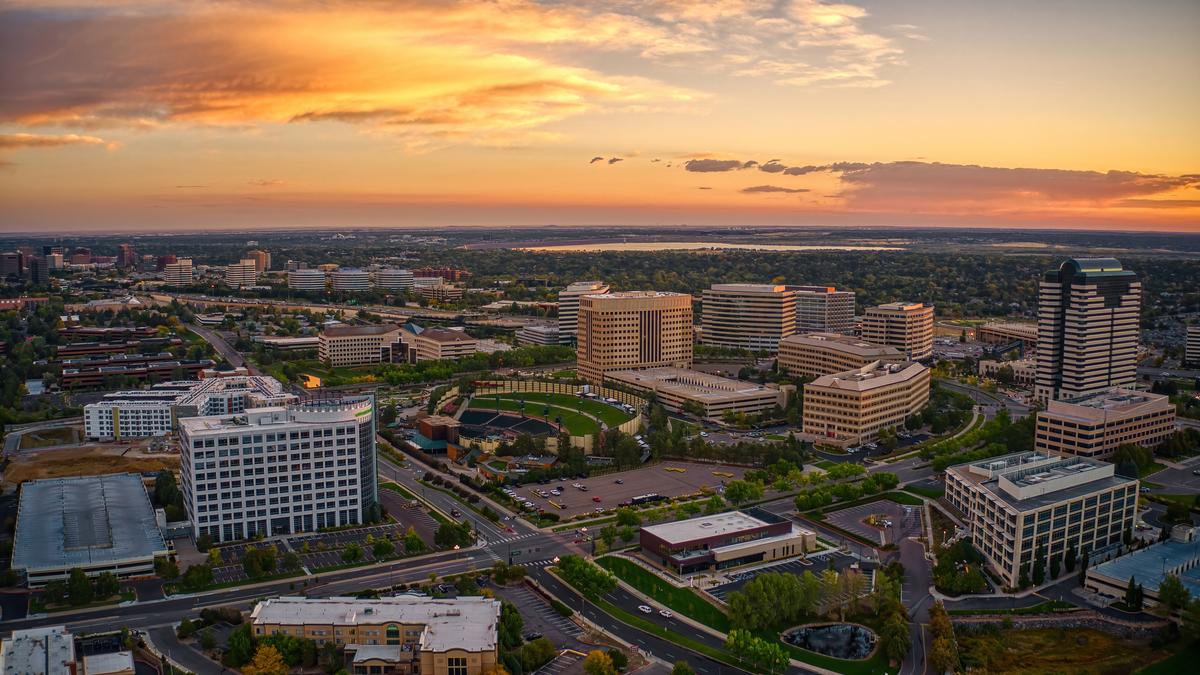
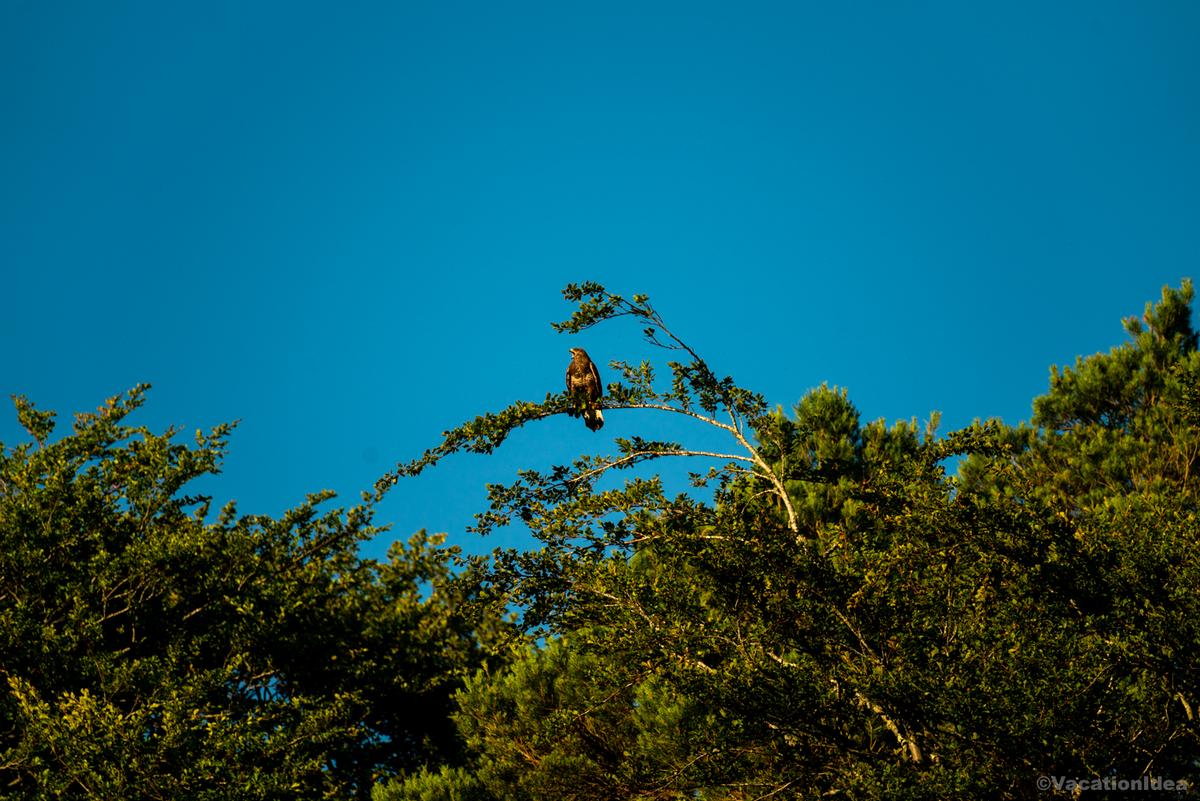
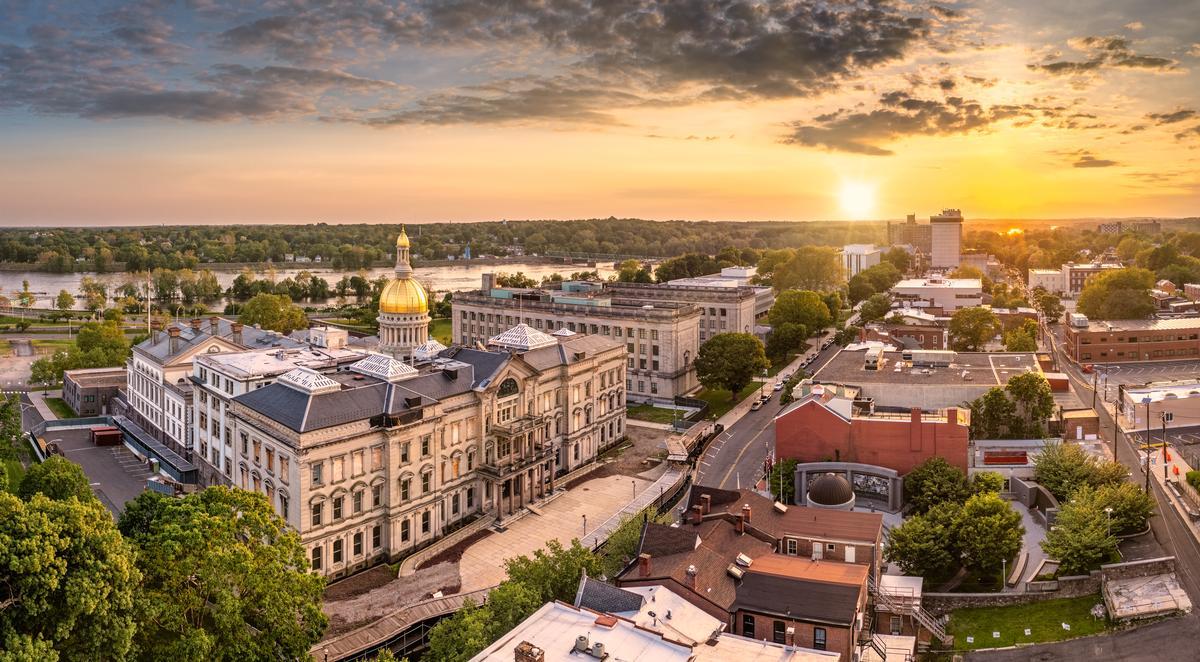
11. Trenton, New Jersey
Set along the Delaware River, this is one of the most intriguing and scenic small cities I’ve explored in New Jersey, and I think it’s one of the best underrated historic getaways for a birthday celebration.
From our apartment in NYC, we drove about 1 hour and 20 minutes to New Jersey’s capital this month for an easy birthday day trip in early spring. I later found out that Amtrak is actually faster than driving and costs around $43/person.
On this trip, we admired monuments and old stone in this historic town on the Delaware River which played a pivotal role in America’s beginnings. I loved that the day trip didn't require a lot of planning since there are plenty cafes, diners and local markets where you can grab a snack or stop for lunch when you get hungry.
- Location: In western New Jersey, along the Delaware River, in Mercer County
- Location Map
What I loved best:
My birthday meal was at 1911 Smoke House BBQ, where I had their signature brisket platter ($18) and my son and my husband both went for the pulled pork sandwich ($12).
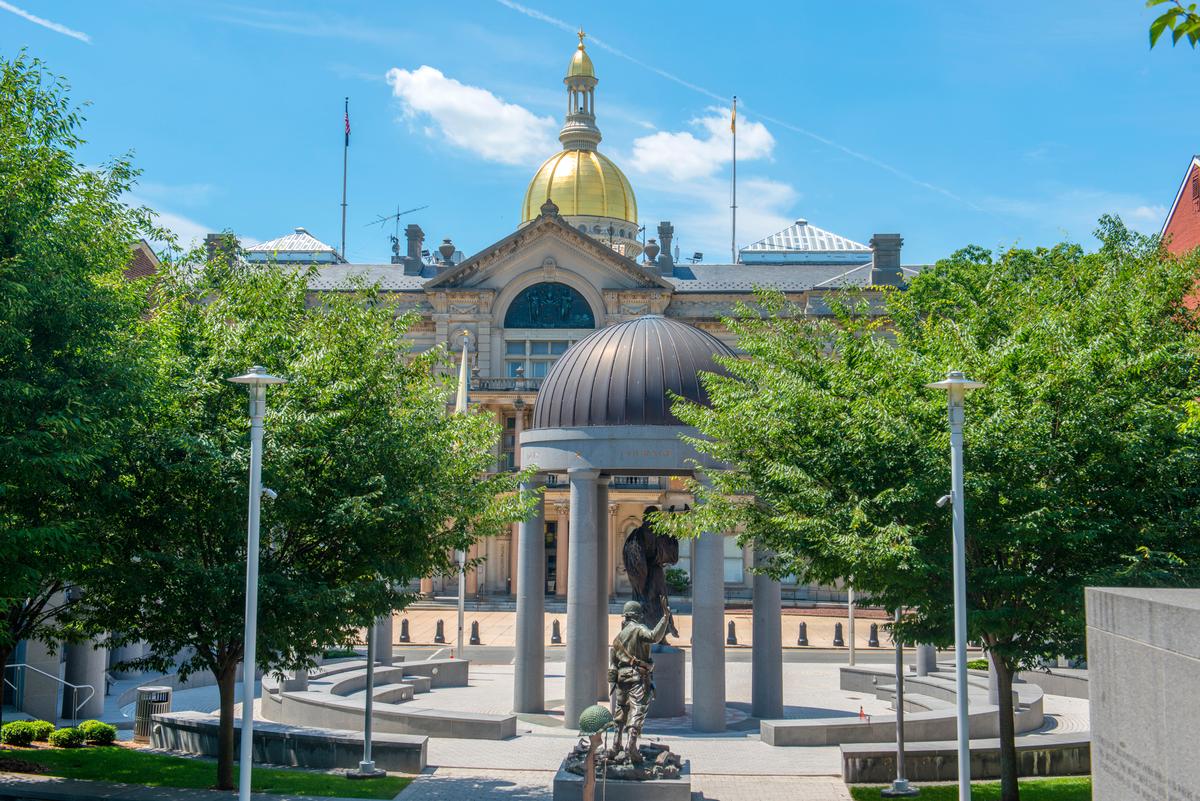
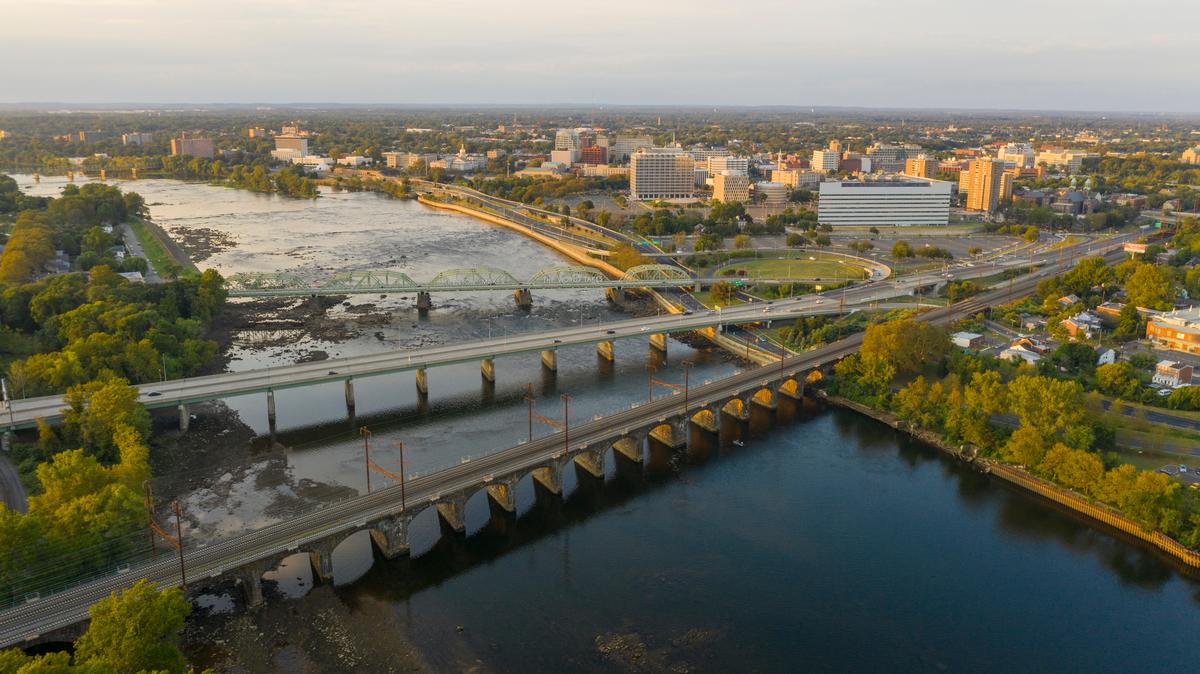
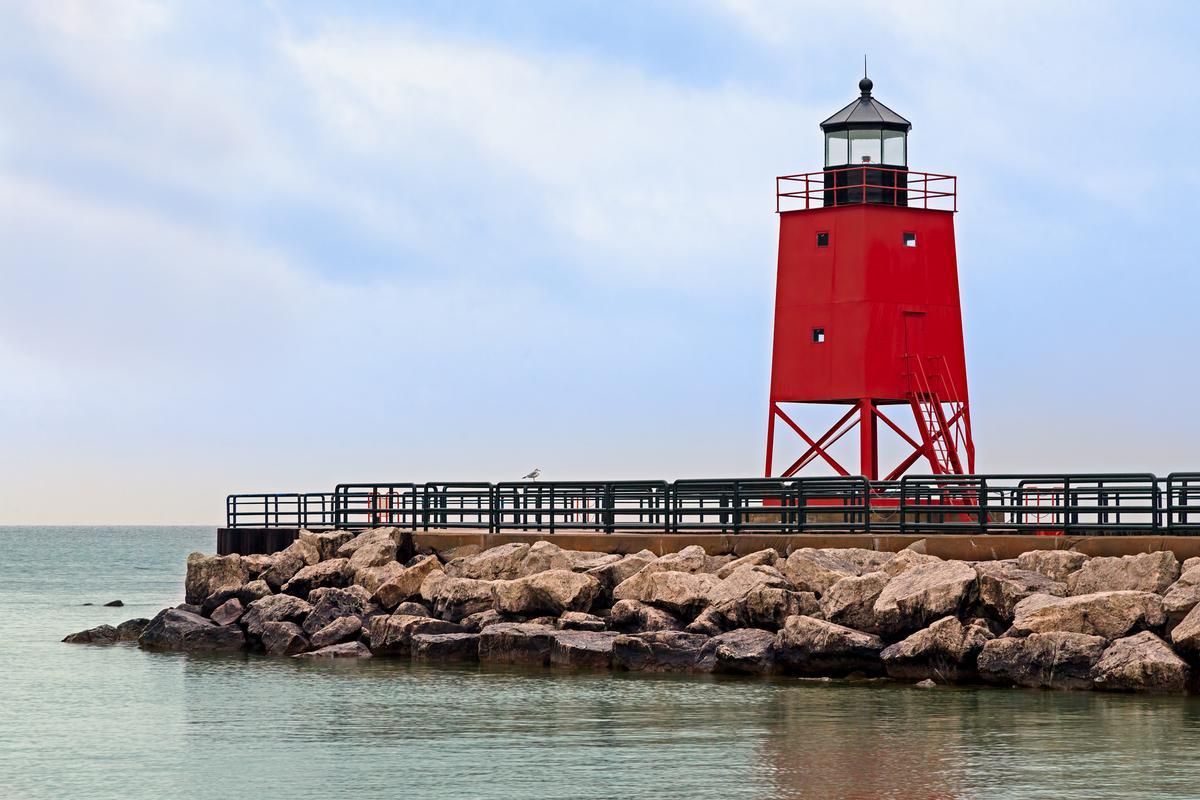
12. Charlevoix, Michigan
I spent my birthday in Charlevoix, Michigan, and it felt like the most peaceful, joy-filled way to mark another year. Nestled between Lake Michigan and Lake Charlevoix, the town had a gentle, celebratory energy—calm, beautiful, and exactly what I wanted.
The drive itself felt like a gift, with winding roads, fresh air, and glimpses of blue water appearing through the trees. As soon as we arrived, everything slowed down. No rush, no noise—just lake breezes and time to enjoy the moment.
We drove 4 hours from Detroit and we stayed at the Hotel Earl of Charlevoix for two easy days.
One of my favorite birthday moments was walking along the harbor, watching sailboats drift by while the sunlight sparkled across the water. It felt simple and perfect, the kind of quiet happiness that stays with you.We explored the mushroom houses, and their whimsical, storybook charm made the day feel playful and light—like a reminder to hold onto curiosity and joy, no matter the age.
A visit to Castle Farms added a touch of magic. Wandering the stone grounds and gardens felt timeless and romantic, and it made the whole day feel meaningful in a way that went beyond celebrating just one date on the calendar.
We treated ourselves to a long, leisurely birthday dinner downtown—good food, lake views, and that unspoken feeling of gratitude that comes from being exactly where you’re meant to be.
As the sun set over Lake Michigan, the sky turned soft shades of pink and gold. Standing there, making a quiet birthday wish, I felt calm, loved, and deeply content.
- Location: In northwestern Michigan, in Charlevoix County
- Elevation: Approximately 650 feet (198 meters) above sea level
- Location Map
What I loved best:
For me, Charlevoix is one of the best places to visit for my birthday because it's affordable and unique!
Birthday at The Villager Pub was my personal highlight, where I had their famous whitefish sandwich ($15).
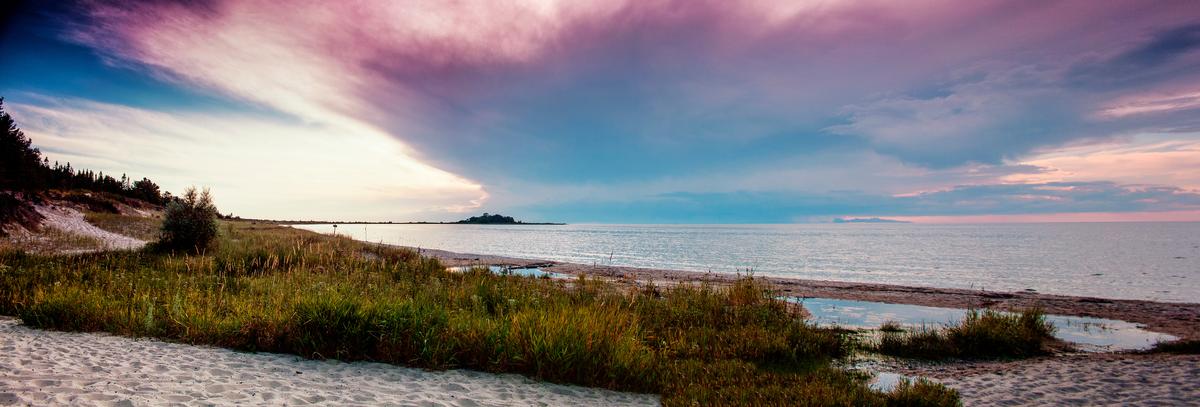
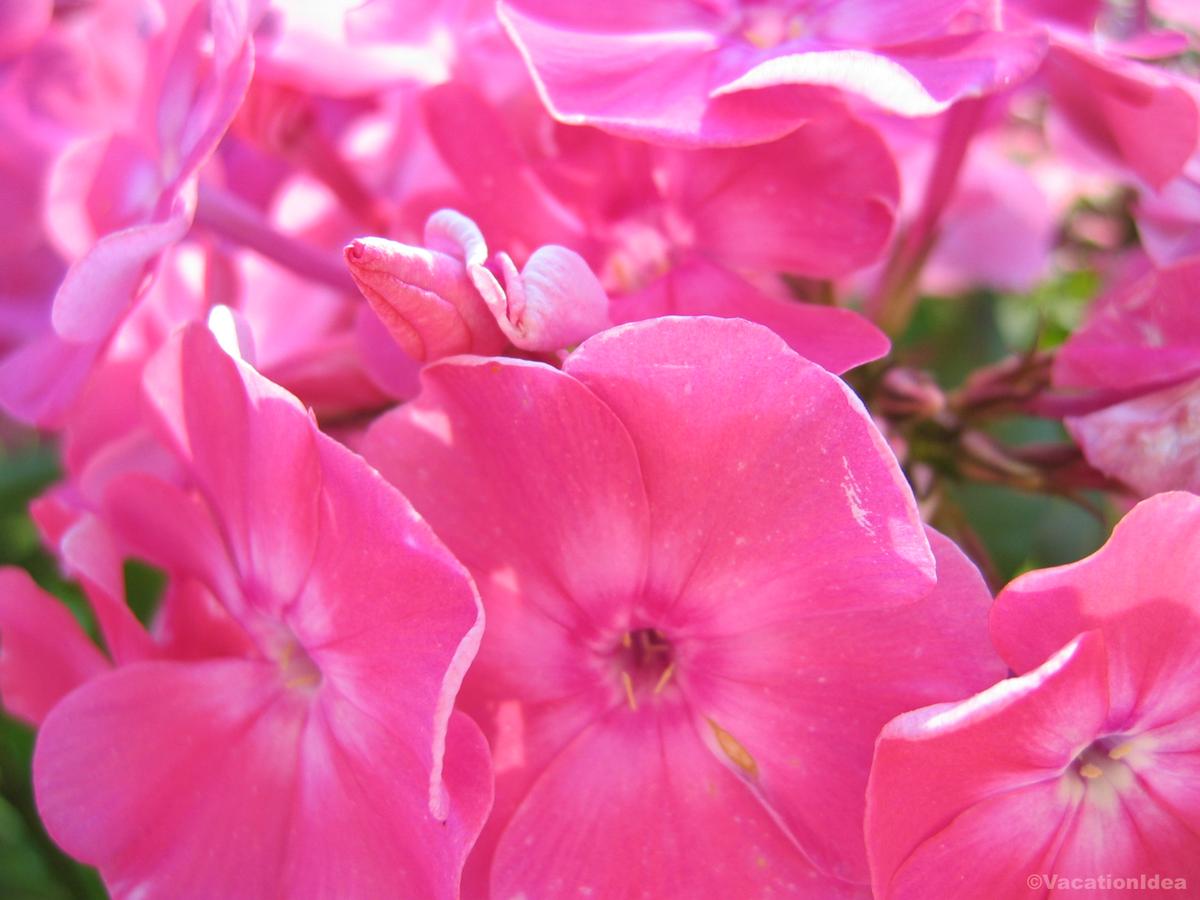
Booking Checklist
1. Book Your Flight - I use Expedia because I like their mobile app with my itinerary. They've helped me re-book flights on many occasions. Once you reach their Gold tier, support is especially good.
2. Book Your Hotel - I use Booking.com or Expedia, depending on my destination.
3. Book Your Rental Car - I use Expedia.
4. Book your tours on Viator or Get Your Guide.
5. If you are planning to visit more than three national parks in the next 12 months, buy the America the Beautiful Pass.
